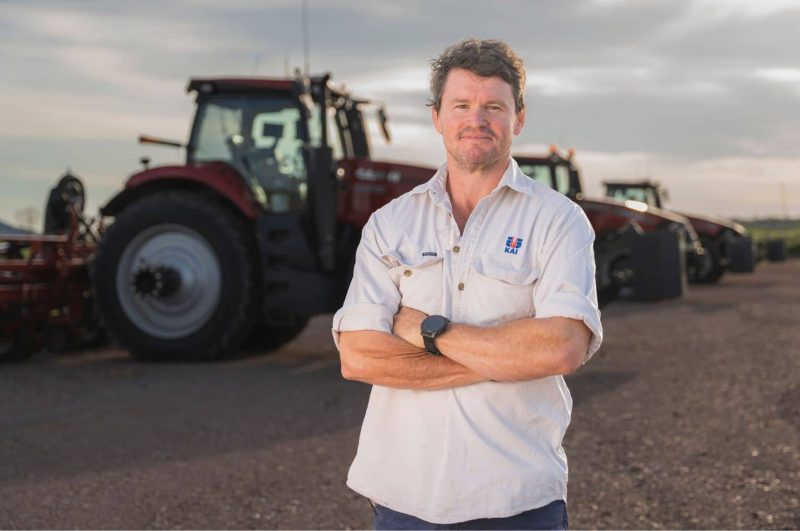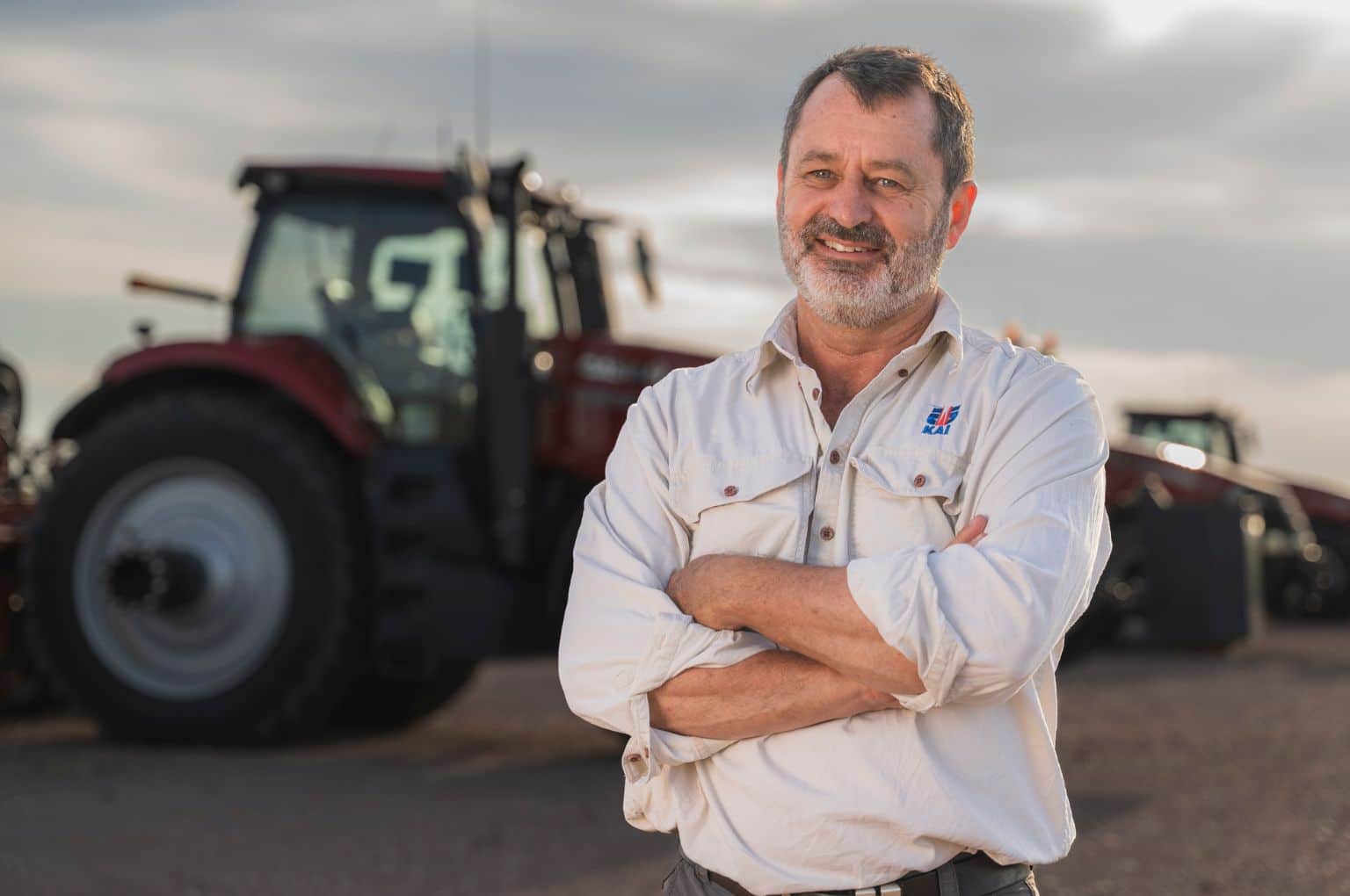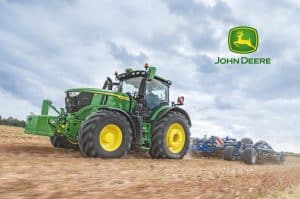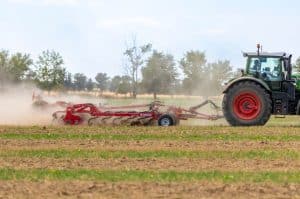A record 4000 ha of cotton has been planted by Kimberley Agricultural Investment (KAI) in the Ord Valley in West Australia, the largest cotton crop for KAI and the biggest in the valley’s history. Case-IH Magnum tractors with Early Riser planters cleared the job.
Planting finished in mid-March in an area with some unique challenges when it comes to cotton and its growing season. The last of the 4000 ha of cotton for KAI went in last March, using six Case IH Early Riser planters and Case IH Magnum 340 tractors to achieve the massive task over the three-month planting period, punctuated by regular periods of heavy rain.
“Because we’re planting during the wet season, you might only get a window of a few days, so to maximize that opportunity it’s great to have that many planters and tractors on hand to get as much done in a relatively short period of time,” said Luke McKay, KAI Farm Manager.
When the decision was made to dramatically increase the size of KAI’s cotton crop, four new Case IH Early Risers were purchased last year.
“They went really well and did the job in pretty challenging conditions,” Luke said. “We’ve got nearly 4000 ha of the cotton out of the ground and it looks outstanding in what is pretty hard conditions. We had 400 mls of rain over the time [the majority as the crop went in] and then weeks of 40-degree temperatures back-to-back, so it’s a wild environment.”
Apart from precision metering on the units, two of the Early Risers also have hydraulic downforce, which has been such a success that KAI is planning to upgrade the other units to include it in time for next season.
“It makes a major difference in the conditions we have. When you’re running six planters you can be changing fields every three hours so knowing you have repeatable ground contact and depth – that hydraulic downforce feature makes a huge difference to your emergence.
Because it’s wet, if you set the planter up, and then put another 20 kg of seed in, it changes the operation of the planter, whereas with hydraulic downforce it can hold the planter off the ground to where you had it set up so it doesn’t matter how much seed is in there. The operator doesn’t have to stop and check as much and when I’ve looked behind the planter and seen how it is, I know that’s going to be repeatable for the rest of the day,” he said.
KAI Farm Manager Luke McKay: “The conditions make a major difference. When you’re running six planters you can be changing fields every three hours.”
KAI General Manager Jim Engelke: “Planting through the wet season, from January to March, and then picking from July to September is the best strategy.”
New cotton gin to be built
KAI’s General Manager, Jim Engelke, said KAI had been operating in the region for the past 12 years, planting its first commercial crop of cotton in 2018. The KAI team tested theories and systems related to growing cotton in the conditions on 350 ha.
They soon realized growing cotton to the east coast formula was not an option in West Australia’s north-east corner, so after looking at the seasonal conditions they determined planting through the wet season, from January to March, and then picking from July to September was the best strategy.
Successful crops followed, but never more than a few hundred hectares because the nearest cotton gin was Dalby in Queensland, so freight costs and transport availability made growing any more than that economically unviable.
Following the decision in 2023 to build a cotton gin near Kununurra, which is due to start operating by the middle of this year, KAI has significantly increased cotton plantings. The development has also opened up other regional development opportunities.

![RightSpot Ad Template Digital-1400×190-px[76] Ag Leader RightSpot](https://world-agritech.com/wp-content/uploads/elementor/thumbs/RightSpot-Ad-Template-Digital-1400x190-px76-r316mmc0hgoob9qxmklllnnbxta1nlj7t2vjkoyeek.png)









